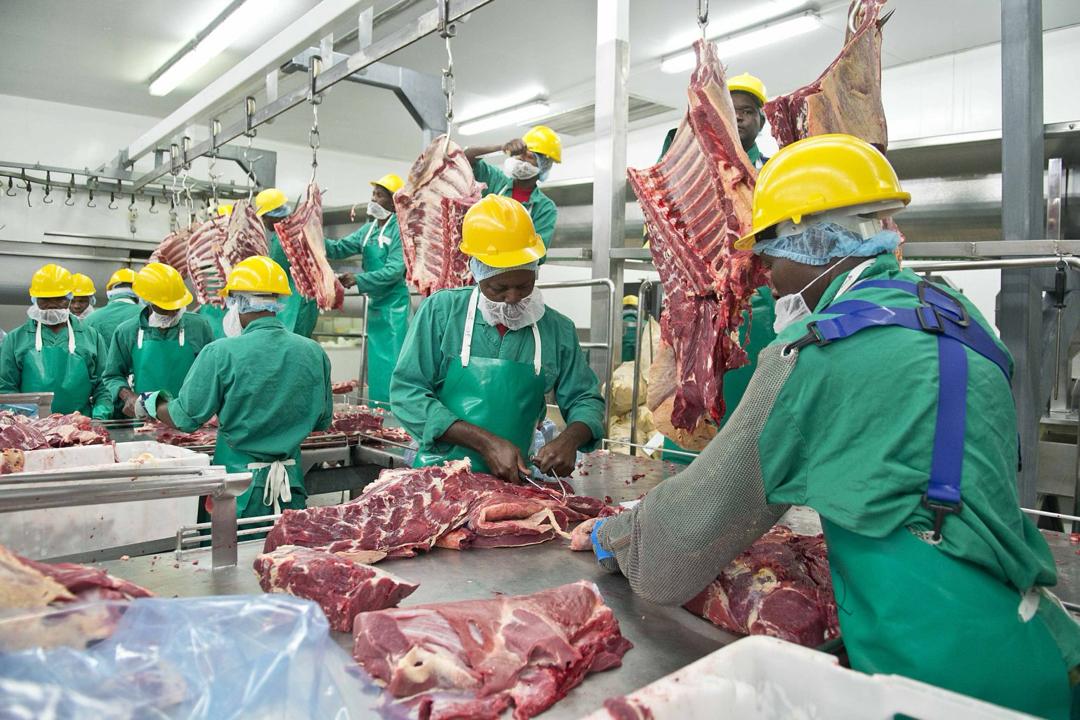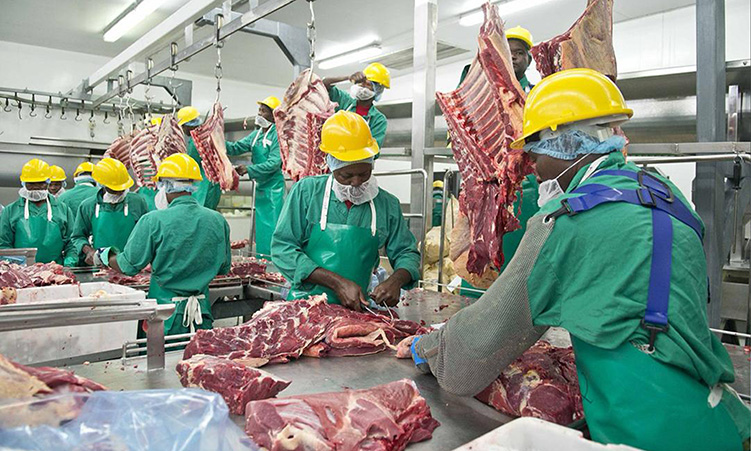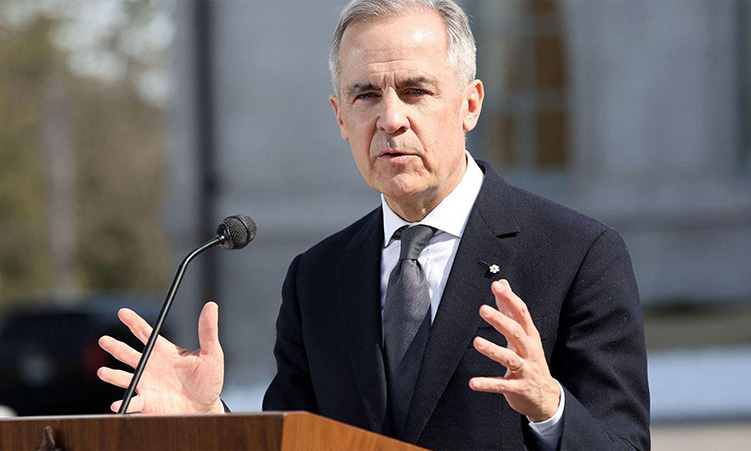NEW YORK – America was focused on a tropical storm spinning off the Carolinas and a hurricane headed for Florida. People were gaming out how a political novice named Sarah Palin might upend the presidential campaign.
The Dow Jones industrial average closed at 11 220 on September 5, the Friday after Labour Day last year. There was an economic slowdown under way – no one doubted that. Whether it amounted to a bona fide recession was semantics, a question for economists.But on Sunday morning, the federal government took an extraordinary step: It seized control of mortgage giants Fannie Mae and Freddie Mac, committing up to US$200 billion of taxpayer money.The companies, which combined either hold or guarantee half the mortgage debt in America, were posting billions of dollars in losses each quarter as an increasing number of homeowners stopped paying back their loans. Investors doubted the companies had the financial strength to survive the housing crash.President George W. Bush, with less than five months to go in his presidency, said taking over Fannie and Freddie would be ‘critical to returning the economy to stronger sustained growth.’It turned out to be the beginning of something much more dire – far beyond a correction, far beyond even a garden-variety recession, far beyond anything most people had lived through.What it turned out to be was the beginning of five weeks that shook the American financial system to its foundations. The stock market convulsed. Wall Street itself was redrawn. The word ‘depression’ was suddenly on everyone’s lips.One year later, the economy is only now beginning to show signs – tentative at that – of pulling out of the Great Recession, the longest economic contraction since World War II. The Dow, while still more than 30 per cent off its peak, is no longer the source of a daily national ulcer.But for five weeks in September and October last year, venerable Wall Street investment houses staggered, or disintegrated outright. The government concocted unprecedented rescue plans with 12-digit price tags almost impossible to comprehend.It was a time when no place for money seemed safe.In those first few days after the government stepped in to save Fannie and Freddie, Wall Street liked what it saw. Analysts figured interest rates on mortgages would drop substantially because of the security offered by the federal intervention.The Dow floated back over 11 500. And after a long year of rising foreclosures, particularly on homes held by the less-than-ideal borrowers, there was hope of a turnaround.’It saves Armageddon from happening,’ one insider, Dave Rovelli, managing director of US equity trading at Canaccord Adams in New York, offered on the Monday after the Fannie and Freddie takeover.But not 24 hours later, the landscape looked very different.The next day, September 9, Wall Street was consumed by worries about Lehman Brothers, the fourth-largest investment bank in the US, hammered by the deterioration of its heavy portfolio of mortgage-backed securities and other real estate-related assets.Specifically, investors wondered whether Lehman had enough cash to survive. Talks with a state-owned Korean bank broke down. And the US government was conspicuously silent.By day’s end, Lehman’s stock price had fallen by almost half. The bank, which predated the Civil War and had survived the Great Depression, was left with a market value of US$5,4 billion – less than the online discount broker TD Ameritrade.There were whispers that Lehman’s lenders, who provided the money it needed to stay in business, were about to run for the hills.For the rest of the week, investor confidence in Lehman steadily eroded. That weekend, officials from the Treasury Department, the Federal Reserve and major Wall Street banks met at the New York Fed’s stately headquarters in downtown Manhattan.Treasury Secretary Henry Paulson was adamantly opposed to having the government step in to save Lehman. No other bank stepped forward, either. Instead, Bank of America, pushed by the Fed and Treasury Department, bought Merrill Lynch, another storied but troubled Wall Street investment house.Meanwhile, that Sunday night, the buzzards began circling at Lehman’s Manhattan headquarters. Television crews lined the avenue across from the building, which featured giant, high-tech video screens. People held up cell phones and took pictures.’Are you enjoying watching this?’ one man said as he left the building. ‘You think this is funny?’Not many people who paid attention to finance did. -Nampa-AP
Stay informed with The Namibian – your source for credible journalism. Get in-depth reporting and opinions for
only N$85 a month. Invest in journalism, invest in democracy –
Subscribe Now!










